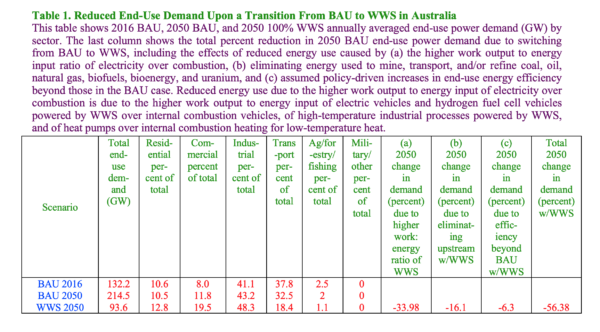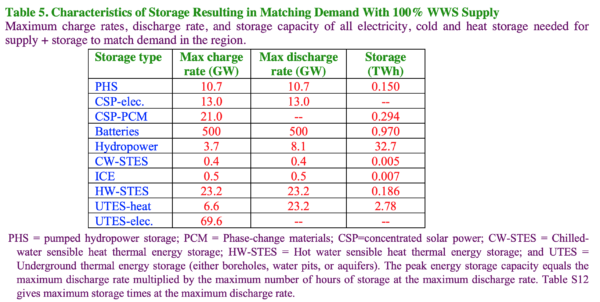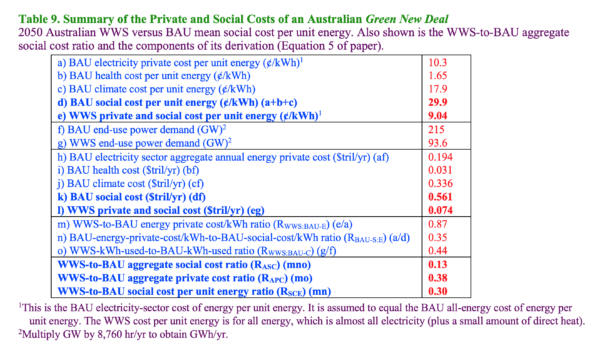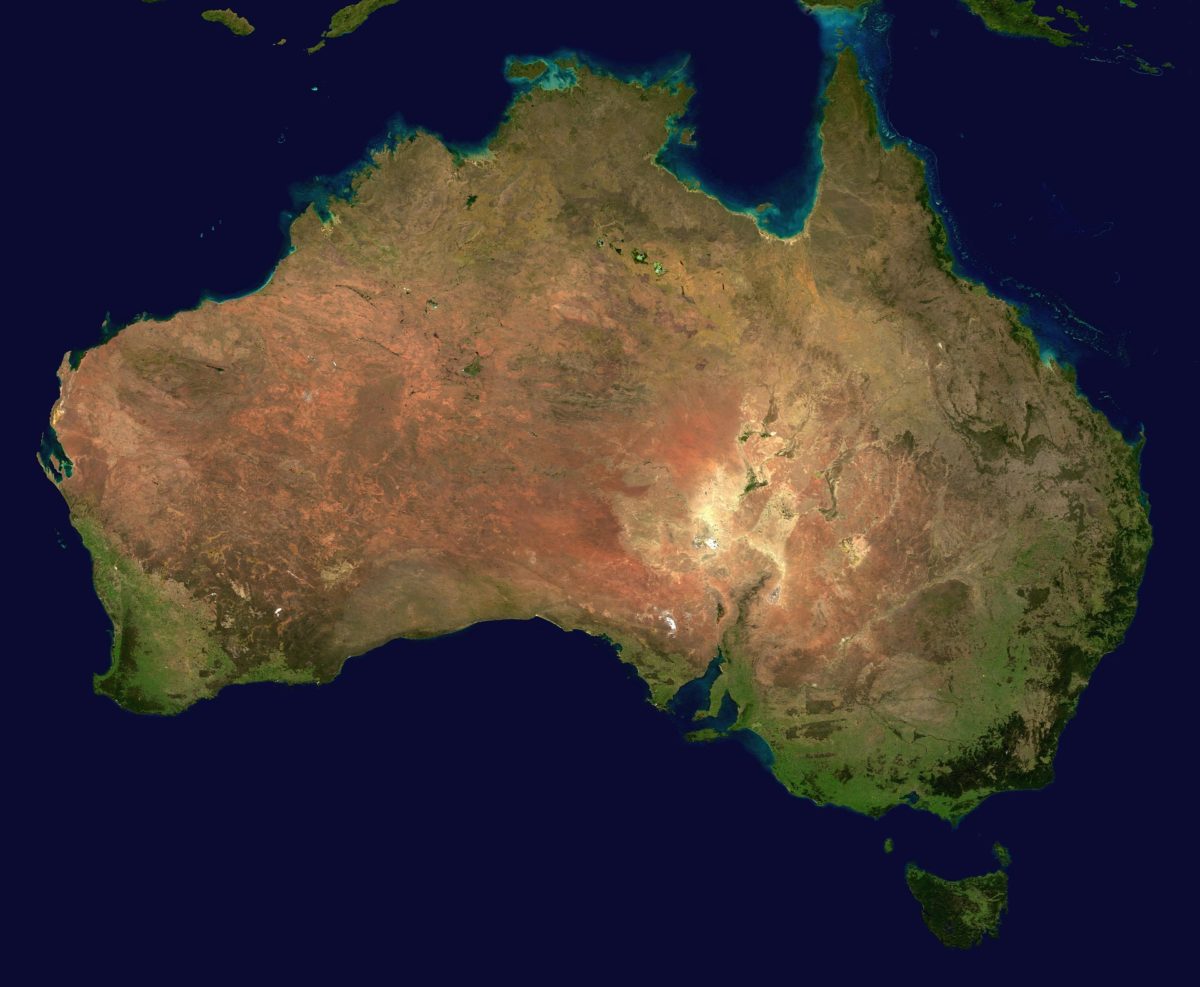From pv magazine Australia.
Australia’s thinking on climate change and the energy transition must surely forever be informed by the inferno being suffered this summer.
A Stanford University update on research into the transition to a 100% renewable energy world – which provided the basis for the energy component of the U.S.’ Green New Deal policy proposals – was published in the One Earth journal a few days before Christmas, and extends transition modelling to 143 countries including Australia and New Zealand.
The Green New Deal – inspired by U.S. president Roosevelt’s New Deal of social and economic reforms to address the effects of the Great Depression – is a resolution introduced to the U.S. Congress by two Democratic senators. The policy package presents a plan for tackling climate change through cross-sector electrification and economic transformation. Early last year, the New York Times newspaper described the Green New Deal as likely to “remain a lightning rod throughout the 2020 presidential campaign”.
By late last year, the European Commission had trumped the U.S. by adopting its own 50-policy Green New Deal strategy, including a legally binding target of reducing the bloc’s carbon emissions to net zero by 2050.
Study
Impacts of Green New Deal Energy Plans on Grid Stability, Costs, Jobs, Health and Climate in 143 Countries lead author Mark Z. Jacobson said his team published the updated report to “quantify” what the global energy transition requires, and to “give countries guidance”.
“To be honest,” said Jacobson, “many policymakers and advocates supporting and promoting the Green New Deal don’t have a good idea of the details of what the actual system looks like or what the impact of a transition is … This work can help fill that void.”
As roads around Australia close due to the risk of firestorms, and smoldering forests left by the conflagration pose another hazard, the Stanford “roadmap”, as it has been described, offers a science-backed plan for developing “wind, water and solar” (WWS) infrastructure, and calculates the outcomes of eradicating a reliance on fossil fuels by 2050.
The country summary for Australia – Impacts of Green-New-Deal Energy Plans on Grid Stability, Costs, Jobs, Health and Climate in Australia – contrasts the end-use energy demand of the Australian economy under a business-as-usual scenario, with those in a WWS future, and predicts a 56.38 GW reduction in 2050 energy demand if Australia electrifies all sectors, as illustrated in Table 1 below.

Jacobson, a professor of civil and environmental engineering at Stanford, has previously stated the switch to electricity will see a 42% fall in energy demand, 23% of it because of the improved efficiency of electricity over combustion.
“For example,” Jacobson said, “in an electric car, 80-86% of the electricity going into the car goes to move the car – the rest is waste heat. For a gasoline car, only 17-20% of the energy in the gasoline goes to move the car – the rest is waste heat. So the end-use power demand actually decreases by a factor of four or five in most transportation types.”
Jacobson, co-founder of the energy transition lobby group the Solutions Project – says a further 12.6% of global energy demand is used to mine, refine and transport fossil fuels. In the WWS scenario, he said, “because the wind comes right to the turbines, the solar comes right to the panels … we don’t need to mine, refine or transport fossil fuels”, so that’s 12.6% of worldwide demand dissolved.
Another 7% reduction would come from focusing on energy efficiency measures such as better-insulated buildings and demand management. Such reductions in demand would reduce the amount of infrastructure required to meet the world’s energy needs, added the Stanford academic.
The Stanford roadmap for Australia in 2050 distributes the country’s needs according to the nameplate capacities listed below, with the majority provided by solar generation – residential rooftop, 34.9 GW; commercial rooftop, 59.8 GW; and utility scale, 202.7 GW.

The storage technologies needed to match demand in a WWS-powered Australia might be provided as shown in Table 5:

Billboards along the Stanford-envisaged highway to Australian electrification include the elimination of energy emissions; a reduction of 62% in private energy costs – from US$194 billion (AU$280 billion) per annum to US$74 billion; and 342,000 more full-time jobs in construction and operation than will be lost in fossil-fuel-related industries.
As Australians choke on the haze of millions of blazing hectares, the Green New Deal also promises to save 3,000 Australian lives which are currently sacrificed to air pollution each year – and that’s in a non catastrophic-bushfire year.
Jacobson’s team estimated the cost of a Green New Deal for Australia at US$820 billion.
The costs of business as usual
In calling for Australia to establish a National Climate Disaster Fund by levying fossil fuel producers AU$1 per ton of embodied emissions, The Australia Institute (TAI) last week pointed out: “The catastrophic Black Saturday bushfires in Victoria in 2009 lasted a single day and are estimated to have cost over AU$7 billion.”
As yet, there is no end in sight for the summer inferno and the toll of lives, homes, livelihoods, wildlife and infrastructure lost is already many times higher than those of Black Saturday.
Richie Merzian, TAI’s climate and energy program director, said every day Australians and businesses are paying for the impacts of climate change exacerbated by fossil fuel production. “Every ton of coal or gas mined in Australia adds approximately 2.5 tons of heat-trapping gas to the atmosphere, making bushfires more frequent and more intense,” he said.
While the costs of natural disasters escalate under a business-as-usual, global-warming scenario, the estimated US$820 billion upfront investment required by Australia for further renewable energy infrastructure – for new generation, transmission, storage and distribution costs – would pay for itself over time in energy sales, according to the Stanford report.
And the private and social costs of energy would be massively reduced, as suggested in Table 9 of the Australian summary, below.

Jacobson emphasized the Green New Deal as laid out for Australia and other countries demonstrates simply the possible. “There are many solutions and many scenarios that could work,” he said.
What greater catalyst is needed?
In this transformative year for Australia, more scientifically calculated inputs and outcomes are welcome and those which link Australia with international efforts, resolutions and legislation even more so.
The Australian federal government has refused to acknowledge the nation’s exposure to the effects of climate change. It has argued the country’s insignificance in terms of global emissions as justification for not developing a climate action plan which transitions Australia from reliance on fossil fuels towards its abundant renewable resources.
In a report published on Australia’s scorched New Year’s Eve, German broadcaster Deutsche Welle quoted outspoken economist Steve Keen on the psychology of the Australian government’s lack of leadership on climate change. Amid the heartbreaking reports of devastation and the human and economic costs of this summer, his comments could provoke a revolution.
“Australia is politically dominated by climate change trivializers,” he said. “They’ve always assumed that sea level rise would be the symptom, and Pacific island nations – who don't matter – the victims. Now, with the bushfires, the populace is realizing that Australia may be the first victim.”
This content is protected by copyright and may not be reused. If you want to cooperate with us and would like to reuse some of our content, please contact: editors@pv-magazine.com.




Also Australia needs to stop digging up fossil fuels. The carbon footprint of an australian is about 70 t a year.
It’s not just about transitioning from carbon to renewables and nuclear power to decrease CO2 emissions, but also about wildlife conservation to protect forested areas that increase O2 and decrease CO2 as well as host biodiversity for plants and animals. Australia’s recycling infrastructure should be looked into to make sure agriculture is sustainable and regenerative reusing human by-product as fertilizer. Human garbage recycling could use improvement too.